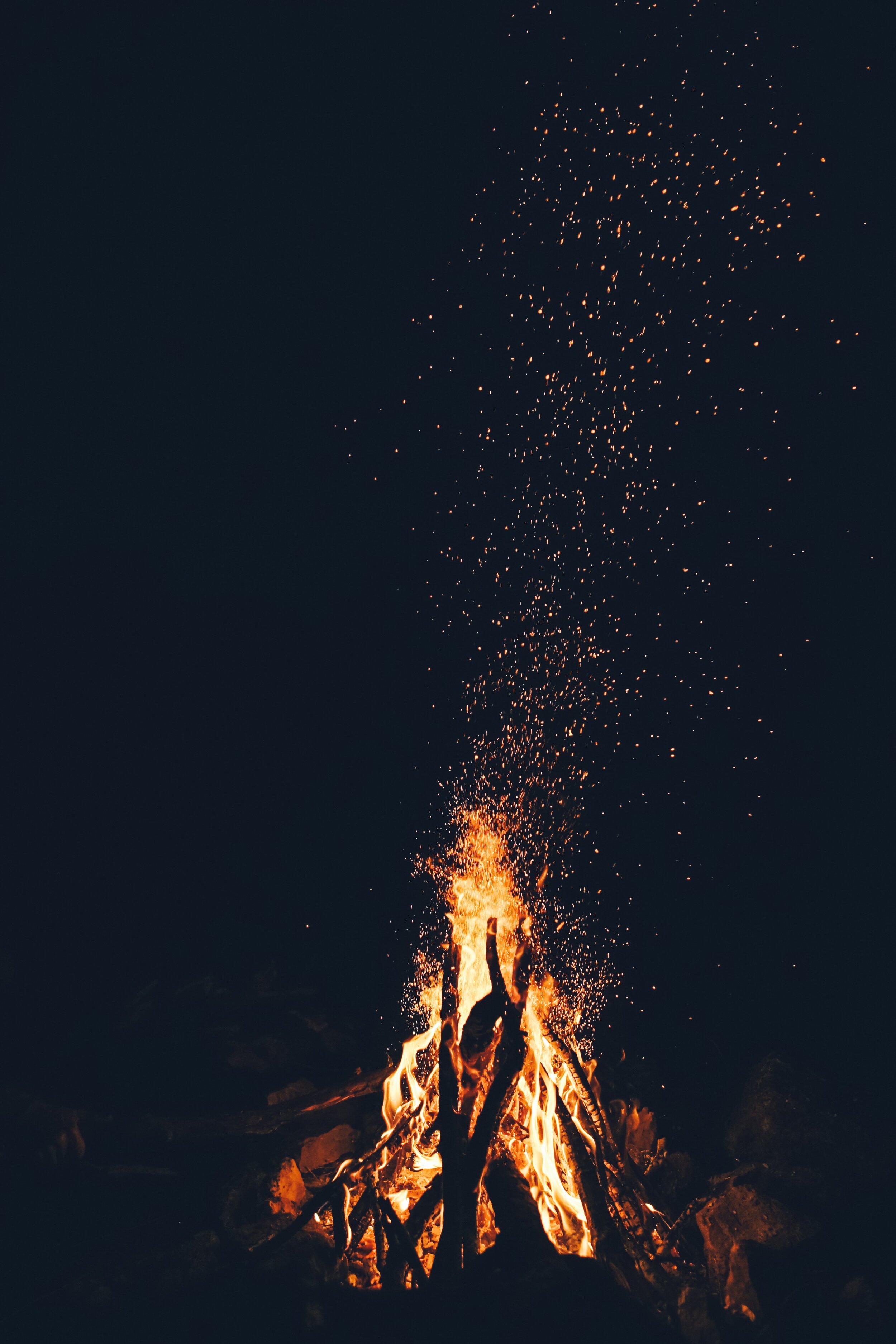The Longest Night
STORY BY ANTHONY CARRUBBA
Drumbeats sound out a steady rhythm in the stillness of the midwinter morning, muffled by thick fog hanging like a blanket in the air. In all directions lie green fields, glistening with droplets of freezing condensation. Chanting, singing, laughing, dancing, revelers mingle in the colossal shadow of Stonehenge, the entire scene suffused with the grey light of the winter sun. Rituals, both ancient and new, both rehearsed and improvised, play out on this Mesolithic site, keenly recorded by digital video cameras manned by journalists and curious onlookers.
As recently as last year, neopagan worshippers have descended on the five-thousand-year-old Stonehenge, and other such historical sites, to celebrate the Winter Solstice, the year’s shortest day. They gather on the graves of their ancestors, literally, at this mysterious monument to mark one of the oldest and most widely observed calendar events of the year. A significant portion of Stonehenge’s central structure aligns with the sunset of the Winter Solstice, allowing light to shine through at the perfect moment.
From Northern Europe, to the Mediterranean, to India and China, and even Iran, the longest night has been the revered subject of the cultural practices and mythical stories belonging to countless peoples.
The Solstice happens around the 21st of December in the Northern Hemisphere, and on 21st of June during our own, less intense winters here in the Southern Hemisphere. The Solstices, both Summer and Winter, are the terrestrial effect of the Earth’s axial tilt, and occur when we are maximally tilted either toward or away from the Sun.
When the Northern Hemisphere reaches this tilt, the Arctic circle falls into impenetrable night and the Sun does not rise for some time, and further South the longest night of the year sets in.
The Stonehenge revelers, however, hardly seem deflated by the cold and dark. Instead, they are cheerful, emotional, serene, contemplative, and joyous. Indeed, in the pagan cultures these modern celebrants emulate, the Winter Solstice was often a time of renewed hope, for it indicated the turning point of the year’s coldest months. After Midwinter, the days could only grow longer, warmer, and safer. It is the rebirth of the Sun.
These concepts of birth and hope are also seen in other cultures who celebrate the Solstice, including our own. Holidays like Christmas, now a worldwide phenomenon regardless of season, are commonly thought to have merged with pagan observances of the Solstice during their transition to Christianity.
As lockdowns across the country continue to ease, and Lost returns to print, it seems like we will be experiencing a rebirth of a different kind this June. With life slowly returning to normal and the long road to recovery just beginning, the days ahead will hopefully be happier and warmer.
Anthony Carrubba

